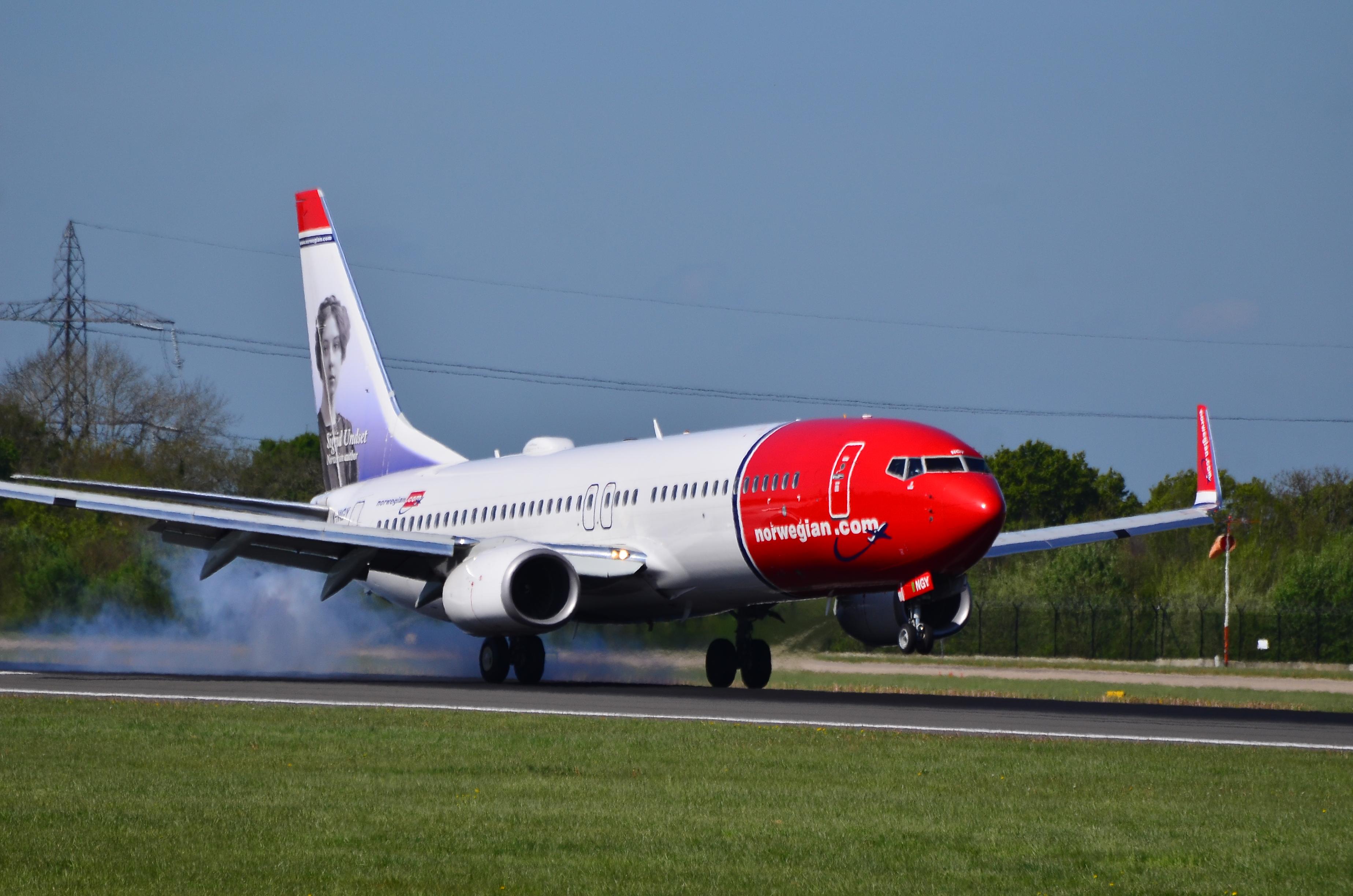Norwegian Unveils Plan To Access State Aid; Sees April 2021 Restart

Norwegian Air Shuttle said it expects to remain grounded until April 2021 as it set out a debt-for-equity conversion plan to avoid running out of cash by mid-May.
The LCC mapped out plans for a debt-for-equity conversion in an April 27 presentation to bondholders, under which at least $500 million of lease liabilities would be converted to equity. Lessors would thus own the majority–53.1%–of the airline and bondholders 41.7%, leaving current shareholders with just 5.2%.
Norwegian has already received an initial tranche of state aid worth NOK300 million ($28.4 million) to help weather the COVID-19 crisis, which has brought demand for air travel to a dramatic halt around the world.
To unlock further state funding worth around NOK2.7 billion that it needs to survive, the LCC is required to have an equity ratio of at least 8%, hence the dramatic move to improve its balance sheet. Norwegian was already facing significant financial pressures before the coronavirus crisis hit related to the airline’s rapid expansion, which it had begun to rein in.
“Norwegian needs to access the Norwegian State Aid Package of in total NOK3 billion by mid-May to manage the significant challenges of the current COVID-19 environment and prepare to gradually reopen its route network and bring back furloughed employees,” the LCC said.
The group added that the NOK3 billion should be enough to cover liquidity needs until the end of the year. Given market uncertainty, further funding was likely to be needed further down the line to allow for sufficient liquidity until operations normalize.
“Depending on how the market actually develops, actions to improve liquidity may need to be taken, including reconsidering the scale of operations, selling and refinancing assets or accessing other sources of financing,” the airline said.
Norwegian said it was planning for a period of “hibernation” with a focus on cash preservation lasting through the low season following the rapid grounding of 95% of its fleet. Just seven aircraft are in service and around 200 staff are still working. Around 80% of Norwegian’s workforce–about 7,650 employees–have been temporarily laid off.
This situation is set to continue until April 2021. The planned recovery would take place in the high season of 2021, with a gradual ramp-up of short- and long-haul operations beginning that April and operations projected to return to normal in 2022, Norwegian said. The airline left open the possibility of beginning the recovery phase earlier if there was sufficient demand.
Looking beyond that to the “new Norwegian,” the airline would aggressively focus on costs and core profitability, significantly cutting its fleet with refinancing driving down costs and focus on proven profitable destinations instead of “pilot” routes, it said.
In the long-haul business, that would translate to around a 40% reduction in capacity in a normalized period, and a focus on destinations such as London Gatwick, New York and Los Angeles, where the carrier already has scale and presence. The airline said it would also simplify its network to drive down costs and improve aircraft utilization, better adapt to seasonal profitability and increase its ancillary revenue offering.
On the short-haul side, with an overall offering down around 10%, Norwegian plans to continue with the restructuring that has taken place in recent years, simplify the network to improve efficiency and further strengthen its core intra-Nordic network.
Overall it is targeting ancillary revenues accounting for around 21% of total revenue or a quarter of ticket revenue, it said.
The carrier is expecting its “new normal” owned and leased fleet to number around 110-120 aircraft, down from the 168 planned pre-crisis.
Norwegian said April 20 that its pilot and cabin crew subsidiaries in Sweden and Denmark were filing for bankruptcy and that it had terminated crew provision agreements elsewhere in Europe, putting around 4,700 jobs at risk.
The airline has warned that the COVID-19 crisis is different compared to other crises that have affected the air transport sector, such as SARS and 9/11.
“Given the abruptness and severity of the impact, the industry may not return to the same baseline as before the crisis,” the company said.
Norwegian’s bondholders are set to meet April 30. An extraordinary general meeting for shareholders has been arranged for May 4 where investors will vote on the conversion plan.





